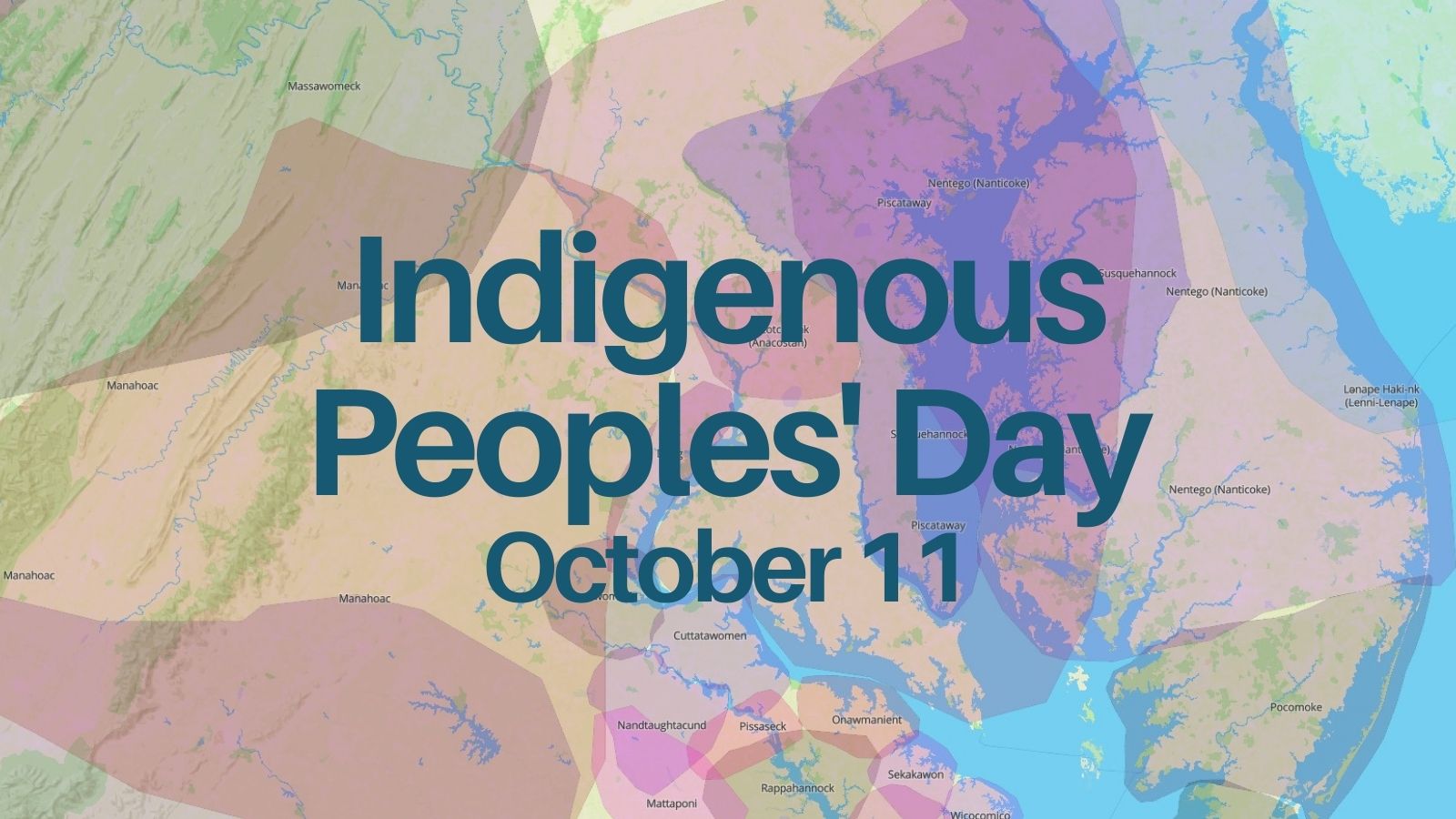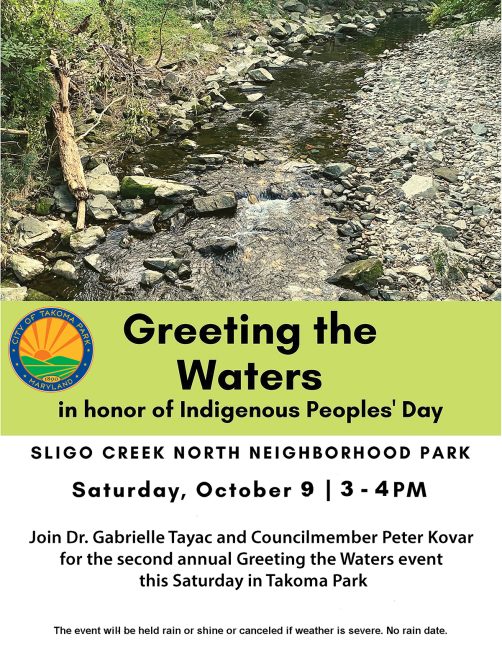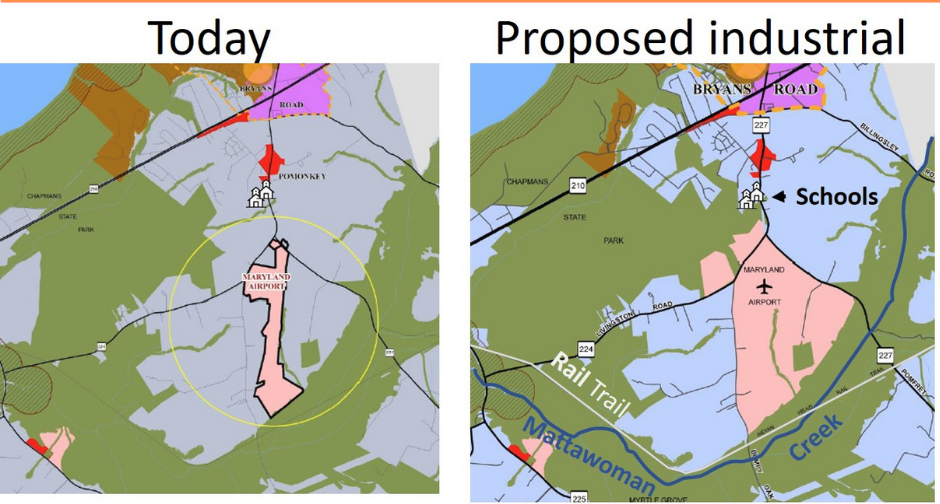
Indigenous Peoples' Day is a day for reflection and a day to celebrate the history, culture, and contributions of Native Americans. It is also a day to honor past and present native communities in our regions. On this Indigenous Peoples' Day, Maryland Sierra Club honors the Piscataway, close allies dedicated to the protection of the Mattawoman Creek Watershed.
On Friday, President Biden issued the first-ever presidential proclamation of Indigenous Peoples’ Day, which the Associated Press reports as "the most significant boost yet to efforts to refocus the federal holiday celebrating Christopher Columbus toward an appreciation of Native peoples."
In the last several years, with growing awareness of Columbus' brutal legacy and what the European arrival meant for America's first inhabitants, at least 14 states and more than 130 local governments have chosen to not celebrate the second Monday in October as Columbus Day or have chosen to celebrate it as Indigenous Peoples’ Day instead.
Since 2018, Sierra Club has celebrated Indigneous Peoples' Day as a work holiday in which participation in local events and reflection on the day's meaning is encouraged. This year on the day, a few Sierra Club staff and board members will be joining People vs. Fossil Fuels D.C. Week of Action in solidarity with tribal leaders and other frontline community activists to send a strong message to President Biden that he must act now now to ensure a clean and just energy future for all.
Origins of the Long-Sought Indigenous Peoples' Day
Indigenous Peoples have spearheaded the cultural shift in understanding about how to mark this day. A Berkeley Indigenous Peoples' Day website describes how the idea came about for Indigenous Peoples' Day and celebrates the day "in honor of all of our ancestors, the people continuing the struggle today and future generations."
The idea of replacing Columbus Day with Indigenous Peoples Day was first proposed in 1977 by a delegation of Native nations to the United Nations-sponsored International Conference on Discrimination Against Indigenous Populations in the Americas, held in Geneva, which passed that resolution.
In July 1990, representatives from 120 Indian nations from every part of the Americas met in Quito, Ecuador in the First Continental Conference (Encuentro) on 500 Years of Indian Resistance. The conference was also attended by many human rights, peace, social justice, and environmental organizations. This was in preparation for the 500th anniversary of Native resistance to the European invasion of the Americas, 1492-1992. The Encuentro saw itself as fulfilling a prophesy that the Native nations would rise again “when the eagle of the north joined with the condor of the south.” At the suggestion of the Indigenous spiritual elders, the conference unanimously passed a resolution to transform Columbus Day, 1992, "into an occasion to strengthen our process of continental unity and struggle towards our liberation." Upon return, all the conference participants agreed to organize in their communities. While the U.S. and other governments were apparently trying to make it into a celebration of colonialism, Native peoples wanted to use the occasion to reveal the historical truths about the invasion and the consequent genocide and environmental destruction, to organize against its continuation today, and to celebrate Indigenous resistance. (Indigenous Peoples' Pow Wow Website)
Indigenous Peoples in Maryland
The 2020 census reports that about 128,650 Marylanders self-identified as American Indian or Alaska Native alone or in combination with another race. A Baltimore Sun article provides more geographical information.
Tribal communities stretch from Western Maryland to the Eastern Shore. More than half of the state’s native population lives in the Baltimore region.

At least eight tribes or groups of American Indians are native to what is now the state of Maryland. This includes the Piscataway people, who are grouped within two state-recognized entities: The Piscataway Indian Nation and Piscataway Conoy Tribe. The Accohannock Tribe of the Eastern Shore earned state recognition ... [in 2019].
Although not indigenous to Maryland, the Lumbee people, who moved from the Carolinas and settled primarily in Fells Point, make up the largest American Indian population in Baltimore City and County, says Ashley Minner, a professor in American Studies at University of Maryland, Baltimore County, and an enrolled member of the Lumbee Tribe.
In Maryland several events have happened or are happening today, including a greeting of the waters in Takoma Park that happened on Saturday and an unveiling at 1:00 p.m. today of a new commemorative "Indigenous Peoples Garden" at Marietta House Museum in Glenn Dale. Closures and adjustments in transit schedules are given here by county.
Piscataway and the Mattawoman Creek Watershed
Sierra Club honors the Piscataway on Indigenous People’s Day, close allies dedicated to the protection of the Mattawoman Creek (“Where one goes pleasantly” in Algonquin, John Smith in 1608) Watershed where the Mattawoman people live/lived. It’s been a long effort for the Piscataway to be nationally recognized with the brutal history of occupation of Algonquin lands. We are thankful to be working on the same side to protect the people and the land.
Currently, there is a major threat to the Mattawoman Creek Watershed due to the proposed removal of the “water conservation district” designation to allow for a major airport expansion. The removal of protected status and the airport expansion pose a risk to the health of the watershed and surrounding communities. The below map shows the proposed airport expansion in relation to the Mattawoman Creek Watershed. Learn more about the issue and how to get involved here.

Below are clips of Dr. Gabrielle Tayac from an event held to celebrate and appreciate the value of Mattawoman Creek and understand the threats of the proposed airport expansion and removal of the “water conservation district” designation.
In the video, Dr. Tayac shows a contact era map of the Piscataway and where the Mattawoman People are located. She shared:
“The Mattawoman are a people who are a part of many other people that are all along the rivers and the trees. So we do know from a longstanding view, that when people live in right relationship with their environment, when you develop cultures that are created alongside of it, that both can thrive.
This is the homeland. This is the old country for us. And Mattawoman is one of the last more pristine, intact spaces that has suffered a lot. We have a lot of erasure. There is history of enslavement. … Our Beautiful elder Pearl Swan lives over by Pomfret [Charles County], … and she was talking about how they were very concerned about the [airport] expansion. … Just when People are starting to be able to reclaim culture, identity, and space … that now we have another wave, it’s almost like endless. Except this time, we’re actually in this together, and that’s a different thing.”
We are in this together.
